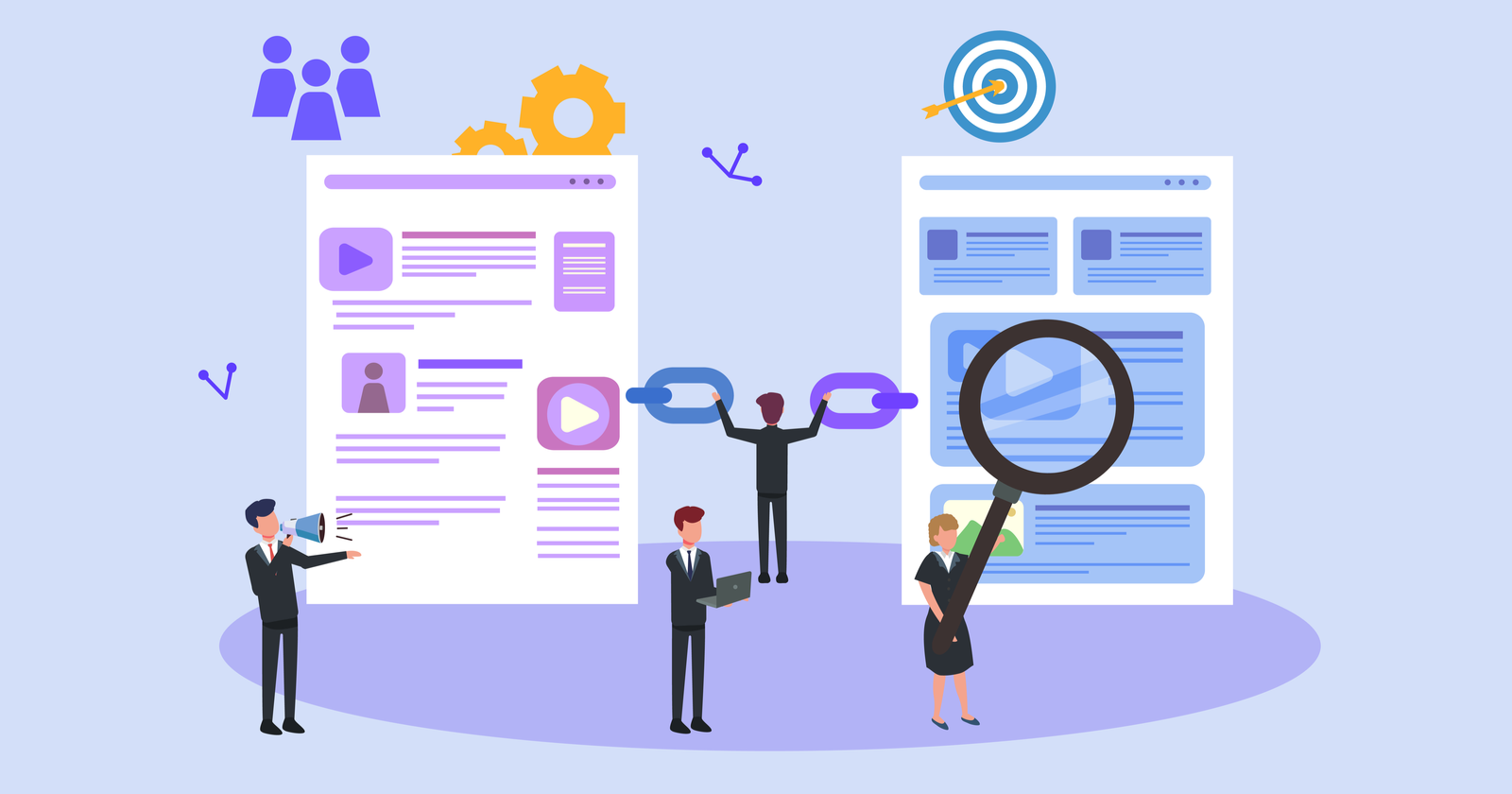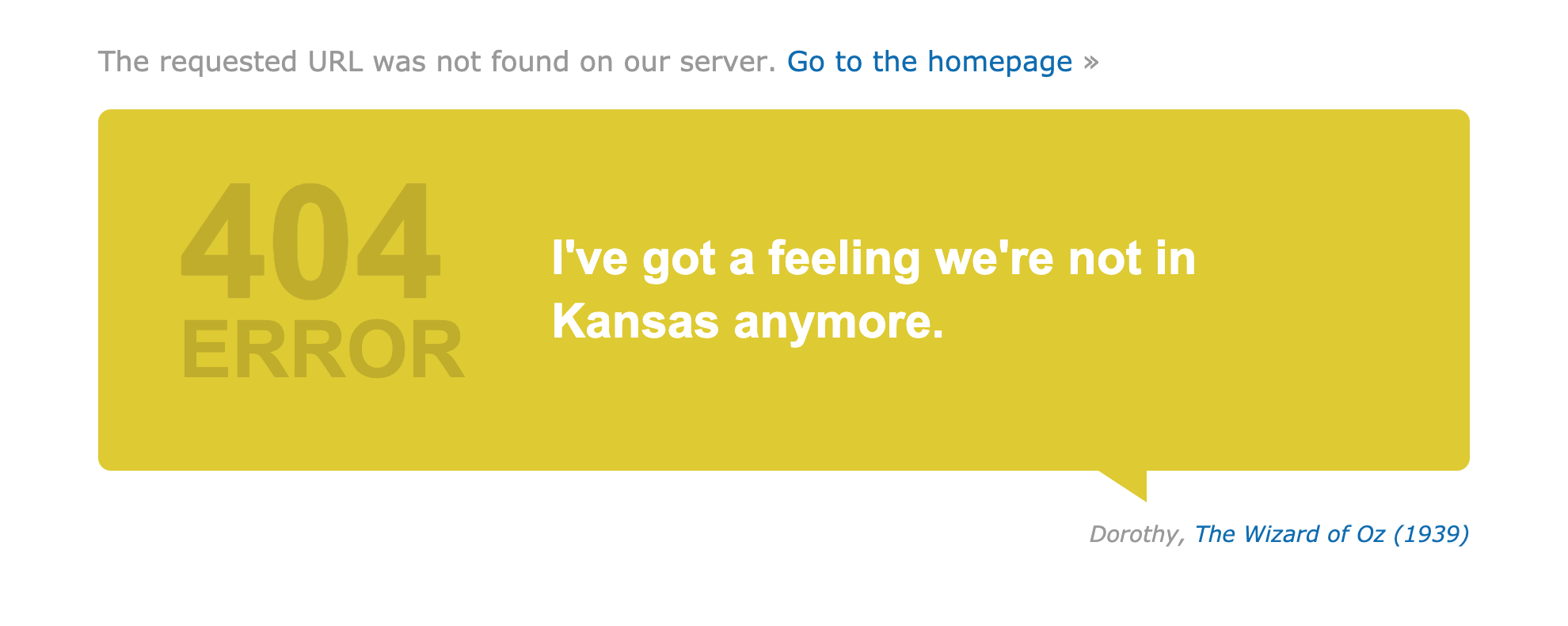AFFILIATE MARKETING
Affiliate Link Building: How to Do It the Right Way
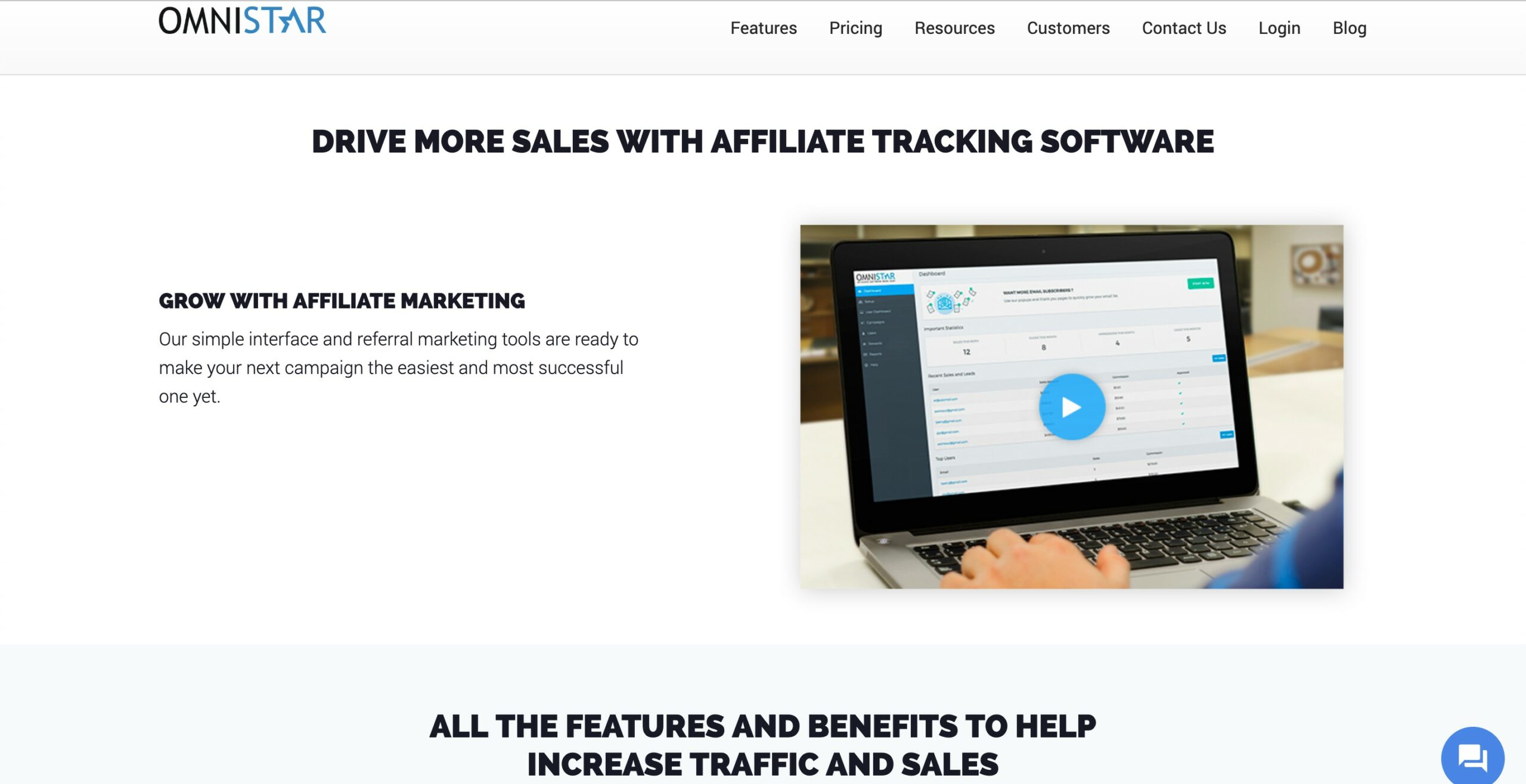
Affiliate link building is like commissioned sales for the 21st century.
The concept is simple: With an affiliate marketing program, brands and businesses select leading influencers to promote a service or product by using a unique affiliate link.
Affiliate link building provides businesses an opportunity to earn additional sales through user-generated content. Profits are shared with influencers based on the number of links clicked or purchases made.
3 Benefits of Affiliate Link Building
Affiliate marketing is an effective way to gain exposure, drive traffic, boost conversions, and increase sales.
Let’s take a look at the three main reasons your business should be using affiliate link building strategies.
1. Easy Tracking
Affiliate marketing tracking software monitors the affiliate program and tracks links. When your company joins an affiliate network, the network’s program tracks the numbers for you.
Being able to track the effectiveness of each campaign or influencer is an essential part of an effective affiliate marketing strategy.
Some affiliate marketing programs provide detailed reports based on different marketing tools used, such as text links or banners.
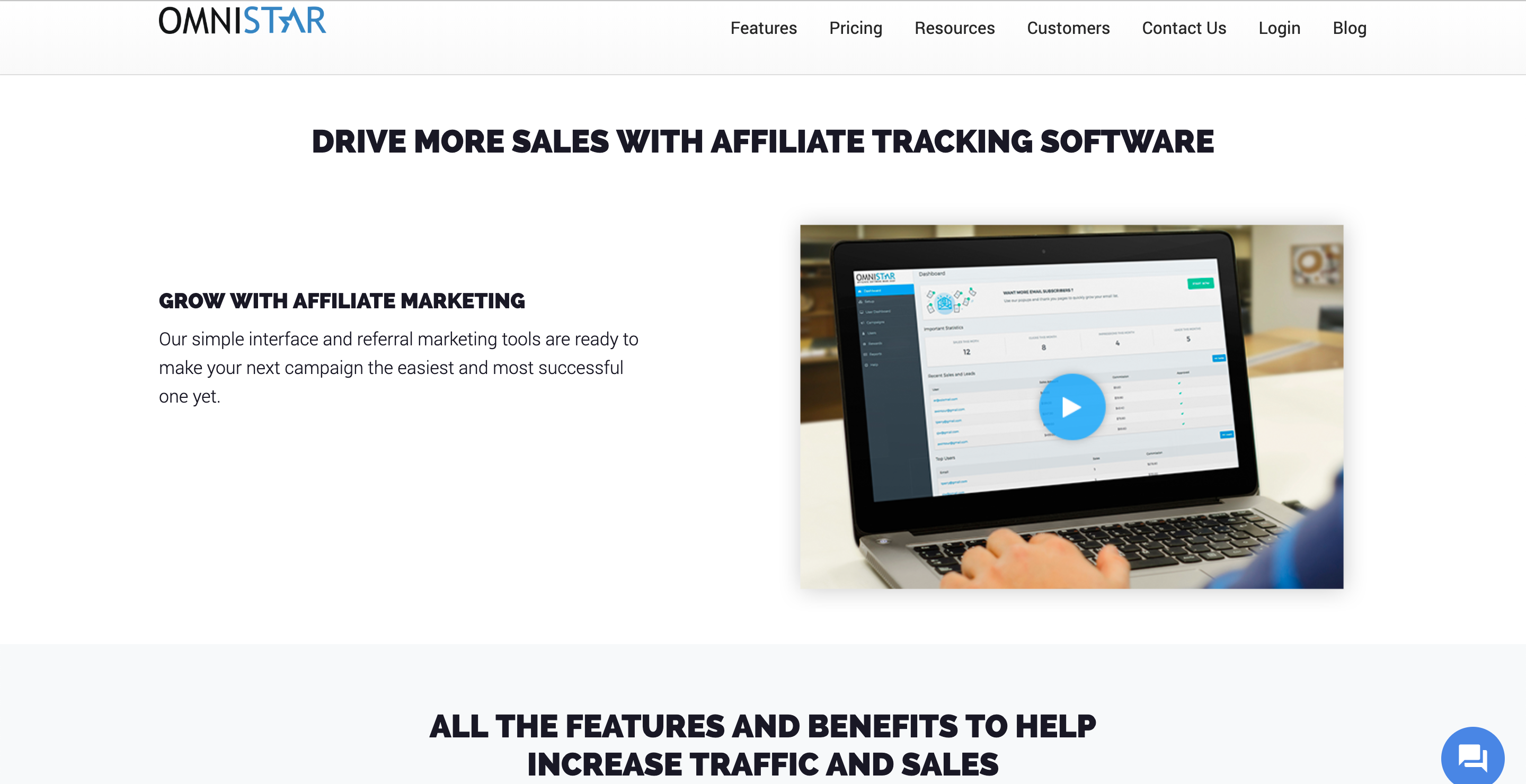
2. Targeted Ads
If your business is running an in-house affiliate program, you have the freedom to accept influencers to join your program based on their reach and relevance.
When your business is partnered with an influencer through an affiliate network, there are steps in place to ensure that the influencer will reach your target audience through their content.
When an influencer creates new content using their affiliate link, their campaign (your advertisement) has the potential to reach your target audience in high volumes through channels like social media and the influencer’s website.
3. Cost-Effectiveness
Affiliate link building can boost conversions and increase sales with minimum effort and investment.
When setting your business’s marketing budget, consider these four costs for affiliate marketing:
Platform
Will you be running an in-house program, or joining an affiliate network?
Running an in-house program may be more expensive and take more time initially, but is lower-cost in the long run.
It gives your business full control over every aspect of the affiliate program and enables you to communicate directly with your influencers.
Joining an affiliate network is much cheaper to begin with, but might not be as cost-effective in the long run, since the network itself does take a fee.
This means a lot of the initial work is done for you, including selecting influencers, tracking, reports, and even issuing payments.
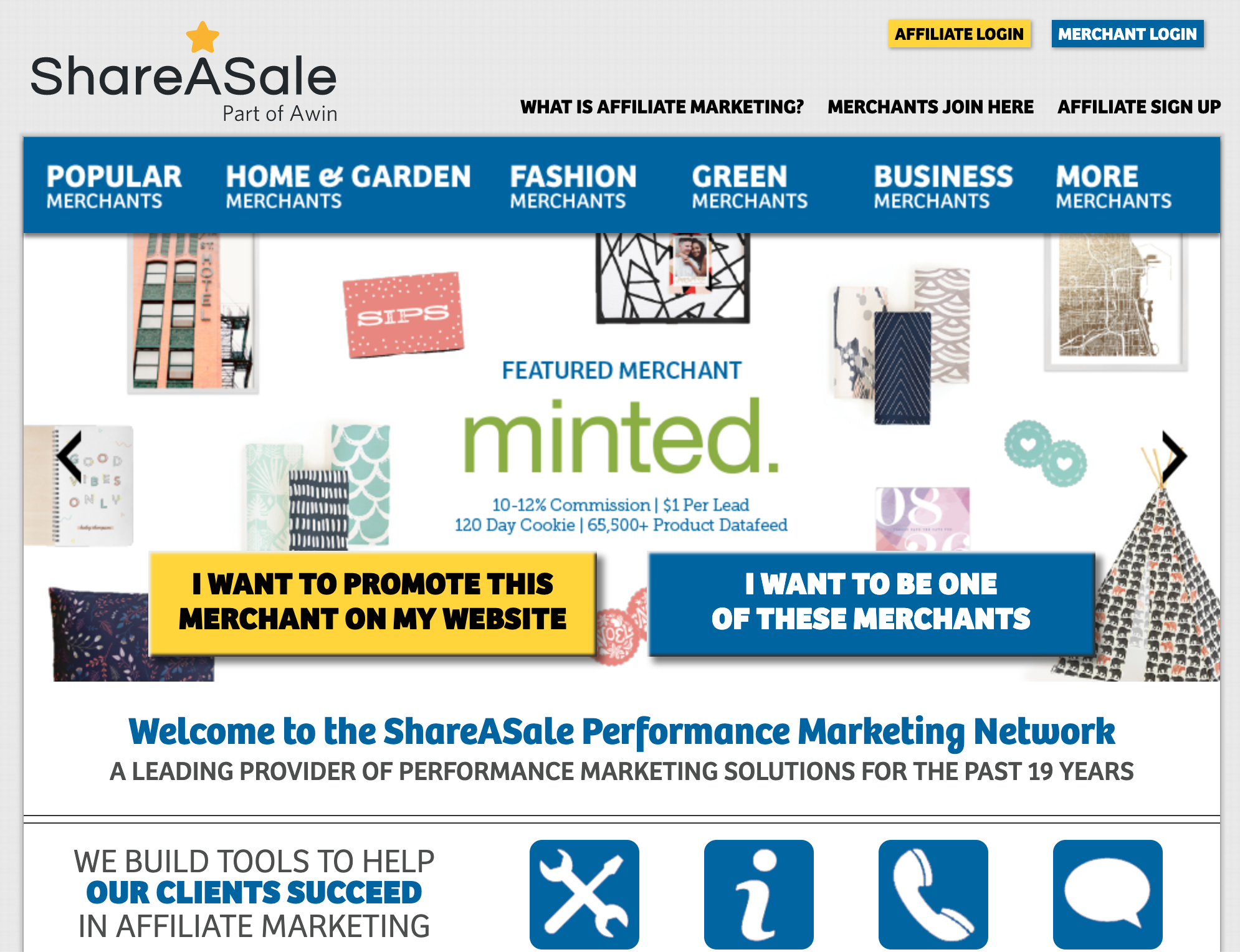
Creatives
Whether you choose to run an in-house program or join a network, your affiliate marketing program will require creatives.
That is, graphics and images for banners, copy for text links, videos and flash content, and any other tools that your influencers may use to promote your service or product.

Product Feeds or Landing Pages
If you’re running an in-house program, provide a detailed product feed to your influencers, including product names and descriptions, prices, categories, and creatives associated with the product.
The product feed serves as a resource for influencers when they’re preparing a new campaign.
If your business is selling a service or has a limited number of products, another option is to set up a unique landing page for each influencer.

Program Management & Compensation
Your business will need to hire an Affiliate Marketing Manager to:
- Recruit and onboard influencers.
- Create and monitor rules and policies.
- Communicate with affiliates (or with the network).
- Regularly update and optimize the affiliate program.
- And more.
And you’ll need to compensate your influencers!
Profits are shared with influencers based on the number of links clicked or purchases made, at a rate that you choose.
Keep in mind that if the commission rate is too low, many influencers may opt-out.
How to Start Affiliate Link Building (Correctly)
Keep in mind that like any other marketing tactic, there’s a right way – and a wrong way – to start affiliate marketing.
Now that you understand why your business should be using affiliate link building strategies, let’s take a look at how to implement affiliate link building strategies.
1. Have a Plan
Your first step is to get organized.
Implementing any new marketing strategy without a plan of action is a recipe for disaster, and it isn’t any different for an affiliate marketing strategy.
Plan your budget, decide which platform you’ll use, determine how you’ll select influencers, and set your commission rates.
Create a timeline and a content calendar, design your creatives, and watch your competitors. The time you put into planning your strategy is invaluable and will set you up for success.
2. Communicate Consistently
Your Affiliate Marketing Manager should be an expert communicator.
They need to:
- Be willing to reach out to your influencers personally.
- Always keep your influencers updated on new products or campaigns.
- Provide current copy and creatives.
Many companies use forums or private Facebook groups to communicate with their influencers.
3. Build Relationships
The Affiliate Marketing Manager needs to be willing to assist your influencers and provide support when needed.
Asking your affiliates questions and sending polls to request feedback will let them know that your business can be trusted, you’re listening, and you want to work with them.
When you begin affiliate marketing, your influencers are partnering with you. Their voice is your asset.
4. Be Open to Change
Monitoring and checking numbers and metrics is crucial to the success of an affiliate marketing program.
You need to be able to understand what works and what doesn’t, and you’ll have to make decisions based on new information about your KPIs and ROI.
Follow each campaign with a keen eye. Run some A/B tests with different campaigns and different influencers.
Using affiliate marketing doesn’t mean a business gets to sit back and watch while their numbers increase. Get involved and be open to making changes to your strategy.
It’s Time to Build Your Affiliate Marketing Strategy
Affiliate link building is a growing and ever-evolving channel of marketing that more brands and businesses are integrating into their overall marketing strategies.
There’s a lot of freedom with affiliate marketing: you decide which strategies to implement – and which influencers you want to work with – for your content and exposure.
Affiliate link building is about performance marketing, with a focus on content that is going to reach your target audience naturally, benefiting both your business and your affiliates.
Summary
Timeframe: Month 8, then ongoing monthly
Results detected: 4-12 months
Average links per month: 30
Tools:
- Affiliate marketing platform
- Affiliate marketing tracking software
Benefits:
- Easy tracking
- Targeted Ads
- Cost-effectiveness
AFFILIATE MARKETING
Franchising Is Not For Everyone. Explore These Lucrative Alternatives to Expand Your Business.

Opinions expressed by Entrepreneur contributors are their own.
Not every business can be franchised, nor should it. As the founder and operator of an exciting, new concept, it’s hard not to envision opening a unit on every corner and becoming the next franchise millionaire. It’s a common dream. At one time, numerous concepts were claiming to be the next “McDonald’s” of their industry.
And while franchising can be the right growth vehicle for someone with an established brand and proven concept that’s ripe for growth, there are other options available for business owners who want to expand their concept into prime locations before their competition does but who don’t want to go it alone for a number of reasons. For instance, they may not have the resources or cash reserves to finance a franchise program (it is important to note that while franchising a business does leverage the time and capital of others to open additional units, establishing a franchise system is certainly not a no-cost endeavor). Or they don’t want the responsibilities and relationship of being a franchisor and would rather concentrate on running their core business, not a franchise system.
Related: The Pros and Cons of Franchising Your Business
But when you have eager customers asking to open a branded location just like yours in their neighborhood, it’s hard to resist. You might think: What if I don’t jump on the deal, and I miss out on an opportunity that might not come around again?
Licensing your intellectual property, such as your name, trademarks and trade dress, in exchange for a set fee or percentage of sales is one way to accomplish this without having to go the somewhat more laborious and legally controlled franchise route. Types of licensing agreements range from granting a license to allow another entity to manufacture or make your products to allowing someone to use your logo and name for their own business. Unlike in a franchise, your partner in a licensing situation will only be allowed certain predetermined rights to sell your products and services, not an all-in agreement to give them a turnkey business, accompanied by training and support, in exchange for set fees. A licensing agreement spells out each party’s rights, responsibilities, and what they can and cannot do under the terms of the agreement. Having a lawyer draw up the paperwork is vital, as well as consulting with a trusted business advisor who has helped others along this path and can shorten your learning curve while protecting your rights. License agreements are governed by contract law as opposed to franchise laws. However, care must be taken: To ensure that you’re staying in your lane and not crossing over into franchisor territory, you’ll want your advisers to detail what you can and can’t do as a licensor.
For instance, a license agreement excludes you from being involved in the day-to-day operations of the licensee’s business. While having no oversight may sound like a relief, it can be a double-edged sword, especially for people who are used to controlling all aspects of their products or services. You won’t have to provide licensees with ongoing services, such as marketing materials and continuous training, but it also means you have no control over how they run their business, their product mix or even how they decorate their space. If you’re a type-A, this may be hard for you.
Most people are more familiar with trademark licensing with a third party because these agreements are big in the sports and entertainment industries, where a celebrity lends their name to endorse a product, whether it’s branded athletic wear or trendy foodservice menu items such as pizza, chicken, or even gelato.
Using a celebrity’s cache garners media attention you might otherwise never get. But not everyone who comes up with a great concept or product has the recognition that would allow them to attract famous business partners or endorsements, and rabid fans that follow.
There are other methods of getting your products in front of more consumers. Some coffee concepts, including Caribou for example, have created market saturation by both franchising traditional stores and granting licenses for nontraditional locations, such as airports, big-box stores, and college campuses. Others, on the other hand, like Starbucks, employ a combination of company-owned stores and licensees in high-traffic locations where a small kiosk can service a high-density population of shoppers. And, of course, bags and pods of these brands’ coffee blends are also sold in retail locations such as grocery stores.
Related: Startups Must Protect Their Trademark. Here’s How and Why
But again, here’s that cautionary note: If you go the licensing route for your products or services, be careful not to cross over into trying to direct the way that licensees do their business, from selecting locations to training employees.
While licensing or franchising may be valid business growth vehicles for many brands, additional business structures that can be considered include:
- Company-owned stores: Opening corporate locations using bank loans and/or the profits from already opened units.
- Dealerships or distributorships: In a distributor relationship, products are purchased from a manufacturer and then sold through local dealers.
- Agency relationships: These are similar to the relationships you’d have with dealers, but in this case, an agent or representative of your company sells your services to a third party. The important distinction to remember so that the relationship doesn’t cross over into franchise territory is that you, as the provider of the services, pay the agent (as an independent sales rep) rather than the agent collecting the money and paying you.
- Joint ventures: In this case, you, as the concept owner, would take on an operating partner who also invests his own funds in the business. The two of you would then share in the equity and profits at the percentage rate of your investment.
The appropriate method to grow your business depends on several factors, including your type of concept, service, or products; your risk aversion factor; your access to capital; where you’re located; and current market conditions. So, if you choose another option to franchising, be cognizant of not slipping into becoming a franchise. The Federal Trade Commission’s regulations define a franchise as meeting at least three standards: a shared name, fees and royalty payments paid to the company by the franchisee, and ongoing support and control of the day-to-day operations by the franchisor.
Keep in mind that if you start with one expansion method, you can consider changing that structure with legal and professional guidance should your business needs merit a shift in strategy. Case in point: some licensors will eventually convert licensees to franchises under a newly crafted agreement and program if they see the need to change the fee structure and maintain additional control over operations.
Slow growth can be detrimental to a business, but not picking the right vehicle for that growth can be worse than standing still. That’s why doing your homework — consulting with professionals, such as attorneys, accounting and franchising advisors, and talking to others in the same boat as you will save you from drifting too far from shore.
AFFILIATE MARKETING
How to Control the Way People Think About You
Opinions expressed by Entrepreneur contributors are their own.
In today’s digital age, where personal branding and public perception play a vital role in success, strategic PR efforts have become more important than ever. Ulyses Osuna, the founder of Influencer Press, joined our show to share valuable insights on the significance of PR, the evolving landscape, and the keys to achieving business growth while maintaining a fulfilling personal life.
One of the key takeaways from the conversation was the importance of strategic PR efforts in building a personal brand and shaping public perception. Ulyses emphasized that PR is not just about getting media coverage; it’s about controlling the narrative and shaping how others perceive you. By strategically positioning yourself and your brand through effective PR, you can influence public opinion and establish yourself as an authority in your field. Another crucial aspect discussed was the power of leveraging relationships and connections.
Ulyses highlighted the “Buglight Concept,” which involves utilizing the support and connections of others to achieve success. By building strong relationships and leveraging the networks of influential individuals, you can significantly expand your reach and influence. Ulyses’s own success with Influencer Press is a testament to the power of connections in the PR world. While professional success is undoubtedly important, Ulyses also stressed the significance of balancing personal time and fulfillment. In the pursuit of business growth, it’s easy to neglect personal well-being and relationships. However, Ulyses emphasized that true success lies in finding a balance between professional achievements and personal happiness.
By prioritizing personal time and fulfillment, entrepreneurs can sustain long-term growth and avoid burnout. In the ever-evolving landscape of PR, Ulyses highlighted the need for a clear mission when seeking press coverage. He emphasized the importance of aligning your brand with a cause or purpose that resonates with your target audience. By having a clear mission and purpose, you can attract media attention that aligns with your values and goals, ultimately enhancing your brand’s reputation and reach. Additionally, Ulyses discussed the importance of pricing services correctly and finding the right balance between personal involvement and business scalability.
The conversation also touched upon the dynamics of client relationships and the impact of showcasing external support. Ulyses emphasized the value of building strong relationships with clients and going above and beyond to exceed their expectations. Furthermore, he highlighted the importance of showcasing external support, such as media coverage or endorsements, to establish credibility and attract new clients. Ulyses’s own podcast, The Blacklist, where he shares insights and interviews successful entrepreneurs, was also discussed. He explained that launching the podcast was a way to give back to the entrepreneurial community and share valuable knowledge.
By continuously learning from others and implementing breakthrough ideas, Ulyses emphasized the importance of immediate action and continuous improvement for business growth. In conclusion, strategic PR efforts are essential for building a strong personal brand and controlling the narrative in today’s digital age. By leveraging relationships, finding a balance between personal and professional life, and having a clear mission, entrepreneurs can shape public perception, expand their reach, and achieve long-term success. Ulyses Osuna’s insights serve as a valuable guide for those looking to navigate the ever-changing landscape of PR and personal branding.
About The Jeff Fenster Show
Serial entrepreneur Jeff Fenster embarks on an extraordinary journey every week, delving into the stories of exceptional individuals who have defied the norms and blazed their own trails to achieve extraordinary success.
Subscribe to The Jeff Fenster Show: Entrepreneur | Apple | Spotify | Google | Pandora
AFFILIATE MARKETING
Set Your Team up for Success and Let Them Browse the Internet Faster
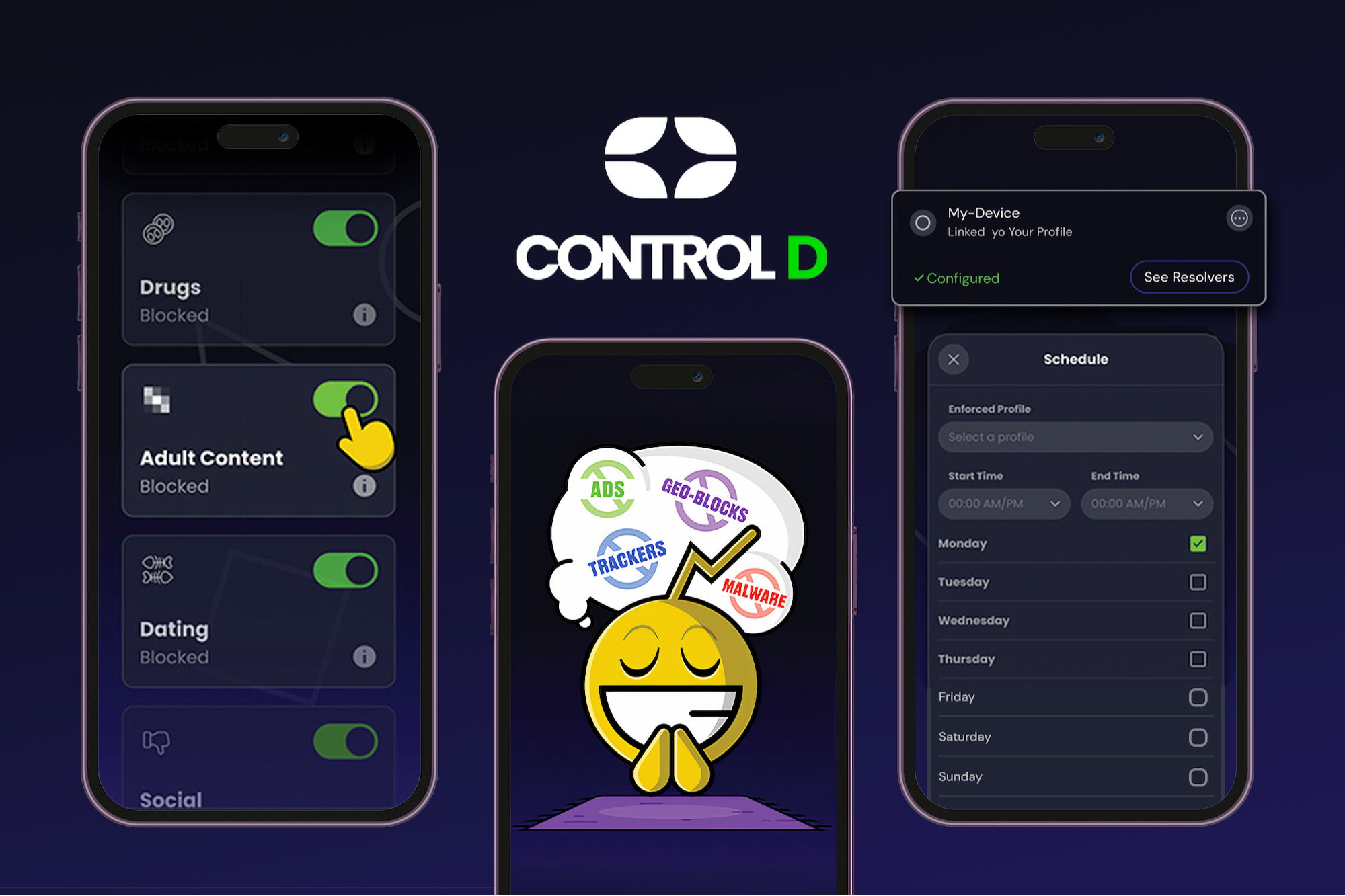
Disclosure: Our goal is to feature products and services that we think you’ll find interesting and useful. If you purchase them, Entrepreneur may get a small share of the revenue from the sale from our commerce partners.
According to TeamStage, 31 percent of employees waste about a half hour each day, and the top 10 percent of them can waste as much as three hours in a day. Part of that might be attitude, but the other part might be hangups caused by internet speed and advertisements. To nip that lost time in the bud, consider equipping yourself or your team with a tool to help stay on task.
From April 15 through 21, this five-year subscription to Control D Some Control Plan is on sale for just $34.97 (reg. $120). This is the best price for this deal online. This tool is designed to help users browse and use the internet faster while also blocking ads.
Control D is described as a “one-touch solution” for taking control over the productivity of your computer and internet usage. The deal supports use for up to ten devices, and it empowers each user to block advertisements, enjoy faster browsing, and set internet safety rules and restrictions for kids.
Control D’s bandwidth is substantial. It can accommodate up to 10,000 custom rules, block more than 300 servers, support multiple profiles, and unlimited usage. This robust and well-designed tool is a reliable option for any business leader who wants to liberate themselves or team members from distractions online.
Control D is rated a perfect 5/5 stars on Product Hunt.
Remember that from April 15 through 21, this 5-year subscription to Control D Some Control Plan is on sale for just $34.97 (reg. $120)—the best price on the web.
StackSocial prices subject to change.
-

 PPC6 days ago
PPC6 days ago19 Best SEO Tools in 2024 (For Every Use Case)
-
SEARCHENGINES6 days ago
Daily Search Forum Recap: April 19, 2024
-
SEARCHENGINES7 days ago
Daily Search Forum Recap: April 18, 2024
-

 WORDPRESS6 days ago
WORDPRESS6 days agoHow to Make $5000 of Passive Income Every Month in WordPress
-

 WORDPRESS7 days ago
WORDPRESS7 days ago10 Amazing WordPress Design Resouces – WordPress.com News
-

 SEO6 days ago
SEO6 days ago25 WordPress Alternatives Best For SEO
-

 WORDPRESS6 days ago
WORDPRESS6 days ago7 Best WooCommerce Points and Rewards Plugins (Free & Paid)
-

 MARKETING5 days ago
MARKETING5 days agoBattling for Attention in the 2024 Election Year Media Frenzy





